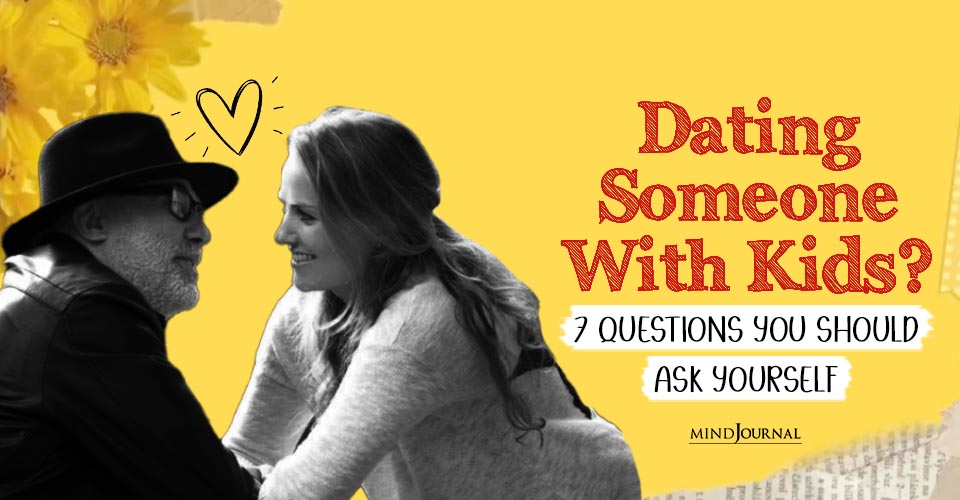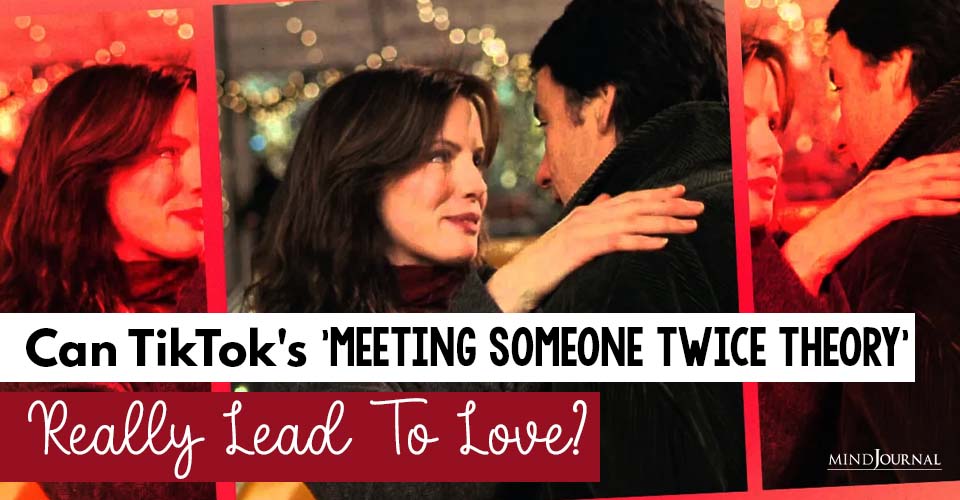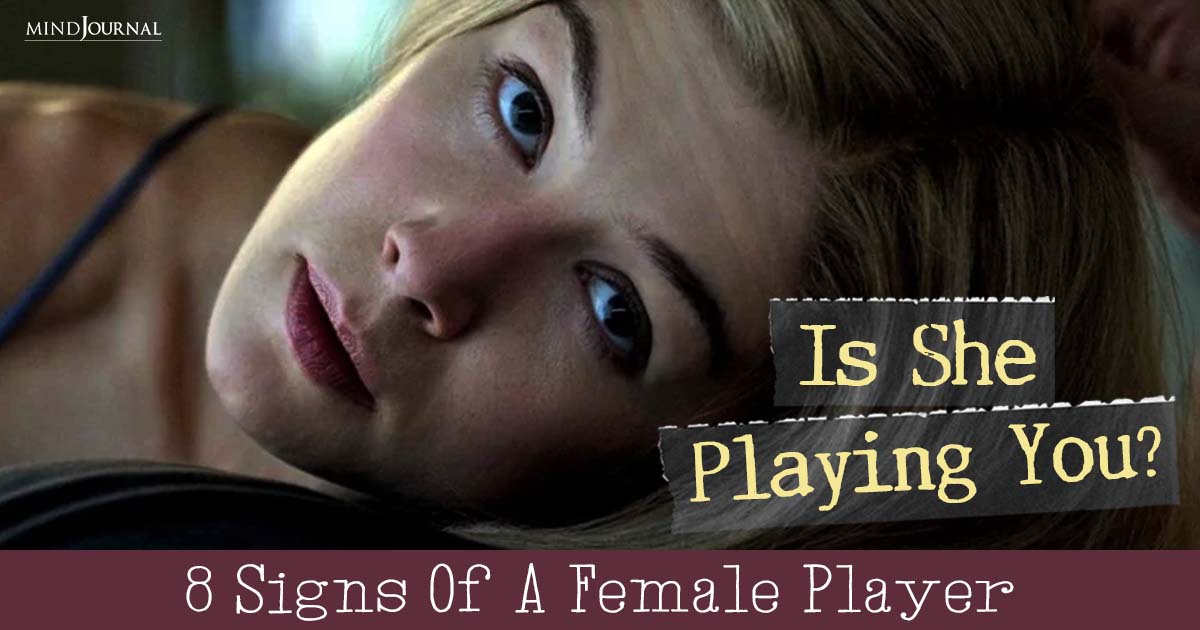Exploring relationship options during the summer without wanting something serious? Well, then ‘summer shading’ might just be the dating trend to consider!
Lately, it feels like everyone’s got an extra pep in their step, doesn’t it? Maybe it’s the anticipation of holiday or the delightful prospect of enjoying some wine on a terrace.
Interestingly, this isn’t just a random feeling. Science backs up the idea that sunny weather equals a brighter mood. The rise in temperature not only amps up our energy levels but also triggers the release of more serotonin in our brains, making us feel carefree and laid-back.

Given that summer is all about having a blast and shedding inhibitions, it’s no surprise that a new dating trend has emerged with the changing weather: the concept of ‘summer shading’.
What is Summer Shading Dating Trend?
In practical terms, giving ‘summer shading’ a try means purposefully avoiding getting too serious or even ending relationships during the sunny summer months when everyone’s out and about enjoying the season’s activities, often without any strings attached.
While it might sound a bit harsh, the term was actually coined by the dating app Wingman. They found that about 67% of their users confessed to either having ‘summer shaded’ someone in the past or having plans to take a break from their current dating situation to enjoy the summer independently.
According to Tina Wilson, the founder of Wingman, the concept of summer shading is all about allowing people to relish their freedom and have a good time without feeling tied down during the summer.
The idea is to then rekindle more serious relationships as autumn approaches and people settle back into their routines.
Read more here: 5 Signs Your Casual Dating Is Moving Towards Serious Love
This dating trend is somewhat shaped by the age-old patterns people follow during different seasons. As the weather cools down and folks slip back into their regular routines, there’s a natural inclination to seek out comfort and familiarity in relationships.
The idea is that they might want to revisit those connections once summer’s over and ‘cuffing season’ begins.
The key points to consider when navigating a ‘summer shading’ relationship:
- Have a casual approach: Keep the relationship light and more open, focusing on enjoying each other’s company without the pressure of a serious commitment.
- Communication is key: Ensure that you both are on the same page regarding the temporary nature of the arrangement. Having an open and honest communication will help to clear misunderstandings.
- Maintain respectful boundaries: Maintain respect for each other’s feelings and boundaries. Remember that both individuals are looking to have fun without any long-term commitments.
- Transparency: Be transparent about your intentions and expectations for the relationship. This prevents confusion and ensures both partners are aware of the casual nature of the arrangement.
- Re-evaluate as Summer Ends: As the summer season comes to a close, take the opportunity to discuss how you both feel about the relationship. Decide whether to transition into a more serious phase or part ways amicably.
Keep a positive attitude throughout the experience. Embrace the carefree nature of summer and the opportunity to meet new people and have fun!
Remember that a summer shade dating trend is about mutual understanding and consent, so both partners should feel comfortable with the arrangement and have the freedom to make their own choices.
Read more here: How To End A Casual Relationship Because You Want More
Frequently Asked Questions (FAQs)
What is summer shading?
‘Summer shading’ implies not taking things too seriously in relationships during the carefree sunny season, and embracing casual enjoyment.
What is a shade relationship?
In a shade relationship, one person is shaded to cool off, reflecting the avoidance of commitment during warm, socially active months.
How to know if you are being shaded in a relationship?
One of the signs of being ‘shaded’ is reduced texting frequency, brief replies. There is a change in communication with your partner.










Leave a Reply